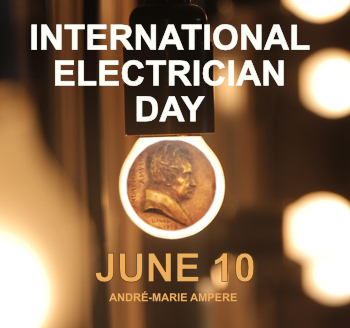How should Facility managers use Revit BIM?
Contents |
[edit] Introduction
Revit Autodesk, is building design software that is specifically built for building information modelling (BIM). It includes features for architectural, mechanical, electrical and plumbing (MEP) and structural engineering disciplines. Revit is not facility management software - however it provides several tools that allow users (facility managers) to explore, track and manage facility information. These tools support facility managers in their use of BIM to analyse spatial information, track inventories, perform cost analysis and so on.
This is BIM as building information management rather than building information modeling, used for a variety of applications for the operation and maintenance of a facility as described below:
[edit] Documentation and record keeping
The model that is provided to the facility manager serves as a document that contains highly detailed and accurate information about the facility. It not only includes data pertaining to the architectural, structural and MEP disciplines, but also contains details such as design and construction information, 4D coordination models and fabrication models. It also includes facility information like serial codes, warranties, operational data, maintenance history of individual components of the building and so on.
As a facility ages and undergoes spatial changes, renovation work and maintenance operations the building information is then updated in the model, so that it can be effectively used for future renovations and facility management.
[edit] Preventive maintenance modelling
Facility managers can use BIM to plan maintenance activities. It can be used to evaluate a situation and take informed decisions about repair work, renovations, refurbishments, spatial changes and so on. As a result the need for emergency repairs and corrective maintenance reduces. This in turn reduces the need for repeated repairs and maintenance, improves the performance of the facility, improves occupant comfort and reduces the amount spent on O&M activities.
[edit] Energy efficiency analysis
Facility managers can use BIM to compare the predicted performance of building systems with actual performance and ensure that sustainability standards are maintained. BIM data can be used to analyse and validate the performance of individual systems, report discrepancies and evaluate the impact of any proposed changes to improve performance.
[edit] Management of spatial requirements
In an occupied facility, spatial requirements may need to be changed over time. Using BIM with detailed spatial information allows facility managers to make the best use of available space and plan in advance for future space requirements.
[edit] Asset management
Data in BIM can be linked with building asset databases and used for O&M activities like short-term or long-term planning, maintenance scheduling, making informed financial decisions for O&M and so on. BIM can also be used to manage assets, evaluate the implications of changing and upgrading building assets, produce accurate quantity take offs etc.
[edit] Disaster Planning and Management
BIM gives facility managers information to brace up and prepare facilities to face and overcome disasters and emergency situations. This can be done by combining information such as MEP systems, equipment schematics, floor plans etc and retrieving real-time information via building automation systems. BIM can also be used to analyse the situation, detect the source of emergency situations as they arise and plan measures accordingly.
This article was created by --Bhushanavsatthi
ANJANI DANGRE
[edit] Related articles on Designing Buildings
Featured articles and news
Professional practical experience for Architects in training
The long process to transform the nature of education and professional practical experience in the Architecture profession following recent reports.
A people-first approach to retrofit
Moving away from the destructive paradigm of fabric-first.
International Electrician Day, 10 June 2025
Celebrating the role of electrical engineers from André-Marie Amperè, today and for the future.
New guide for clients launched at Houses of Parliament
'There has never been a more important time for clients to step up and ...ask the right questions'
The impact of recycled slate tiles
Innovation across the decades.
EPC changes for existing buildings
Changes and their context as the new RdSAP methodology comes into use from 15 June.
Skills England publishes Sector skills needs assessments
Priority areas relating to the built environment highlighted and described in brief.
BSRIA HVAC Market Watch - May 2025 Edition
Heat Pump Market Outlook: Policy, Performance & Refrigerant Trends for 2025–2028.
Committing to EDI in construction with CIOB
Built Environment professional bodies deepen commitment to EDI with two new signatories: CIAT and CICES.
Government Grenfell progress report at a glance
Line by line recomendation overview, with links to more details.
An engaging and lively review of his professional life.
Sustainable heating for listed buildings
A problem that needs to be approached intelligently.
50th Golden anniversary ECA Edmundson apprentice award
Deadline for entries has been extended to Friday 27 June, so don't miss out!
CIAT at the London Festival of Architecture
Designing for Everyone: Breaking Barriers in Inclusive Architecture.
Mixed reactions to apprenticeship and skills reform 2025
A 'welcome shift' for some and a 'backwards step' for others.























